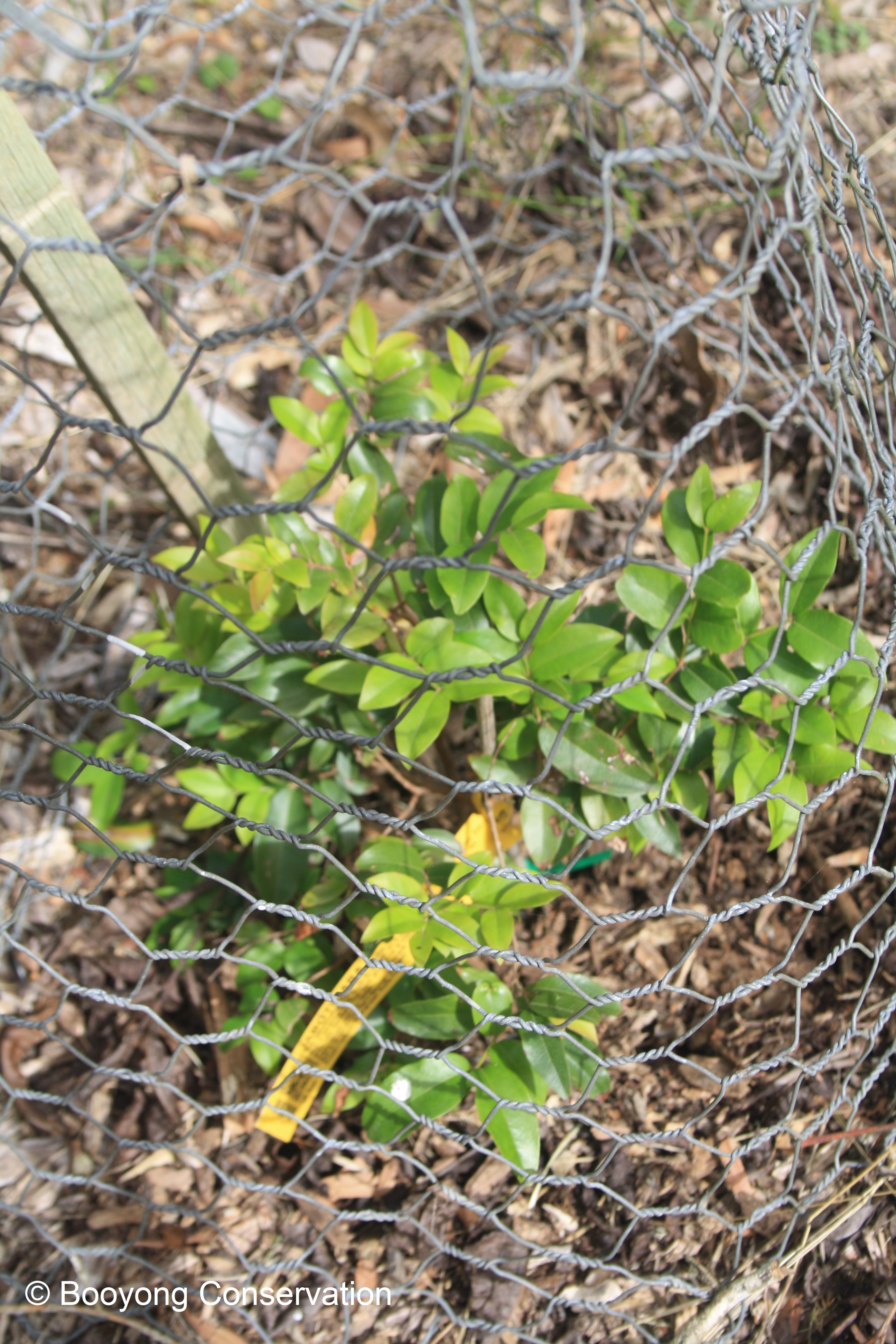When purchasing fruit trees for the food forest the Jaboticaba caught my eye. I found the growth of the fruit on the trunk incredibly interesting. It is 1 inch in size, initially green and will become purple to black upon ripening. This tree originates in Brazil and is a member of the myrtle family, Myrtaceae.
Description: The Jaboticaba is a evergreen slow growing tree (to 15 metres), frost intolerant and sensitive to salinity. Jaboticabas are adaptable to various kinds of growing conditions, tolerating sand or rich topsoil. They are tolerant of mild drought, though fruit production may be reduced, and irrigation will be required in extended or severe droughts. Leaves begin as salmon coloured and upon maturity turn a dark shade of green and the tree flowers intermittently throughout the year. The edible berry is composed of a whitish, jelly-like pulp containing one to four flat, oval seeds and the fruit matures rapidly, usually within 20-25 days from flowering.
Like the guava, the thin outer bark of the tree flakes off, leaving lighter coloured patches.
Tips for growing: Jaboticaba requires medium to high sun exposure and will thrive in a wide range of soil mediums. In high pH soils, however, additional fertilization should be applied. In general, feed the tree three times a year with a complete fertilizer. Additional jaboticaba tree care may be needed for iron deficiencies. In this case, a chelated iron can be applied.
As you can see, we have placed wire around the tree to ensure it is safe from the natural fauna who we know like fresh new growth.
Propagation: is usually from seed, although grafting, root cuttings and air layering are also successful. Grafted plants may bear fruit in five years (2024) ; seed-grown trees may take 10 to 20 years to bear fruit, though their slow growth and small size when immature make them popular as bonsai or container ornamental plants in temperate regions.
Pests and Disease: Aphids Scales Nematodes Spider mites
Harvest: Although fruiting occurs throughout the year, the largest yields are in late March and April with hundreds of fruit per mature tree. In fact, a mature tree may produce 100 pounds of fruit in the course of the season. Be patient though; jaboticaba fruit trees may take up to eight years to fruit.
Uses: Fresh fruit may begin to ferment 3 to 4 days after harvest, so they are often used to make jams, tarts, strong wines, and liqueurs. Due to the short shelf-life, fresh jabuticaba fruit is rare in markets outside areas of cultivation. Fruit can be eaten raw or be used to make jellies, jams, juice or wine.
Read more at Gardening Know How: Jaboticaba Tree Care: Information About Jaboticaba Fruit Trees
